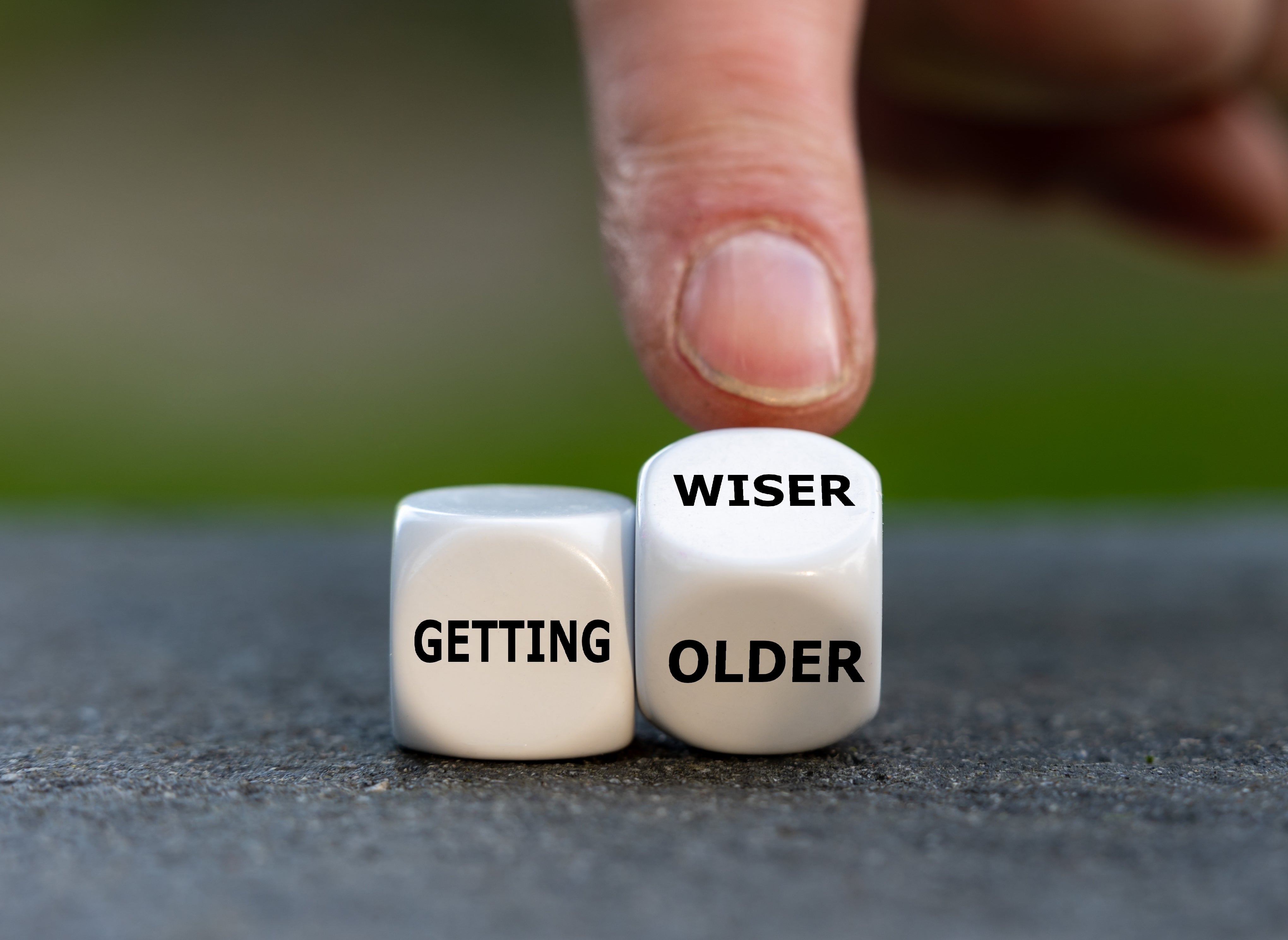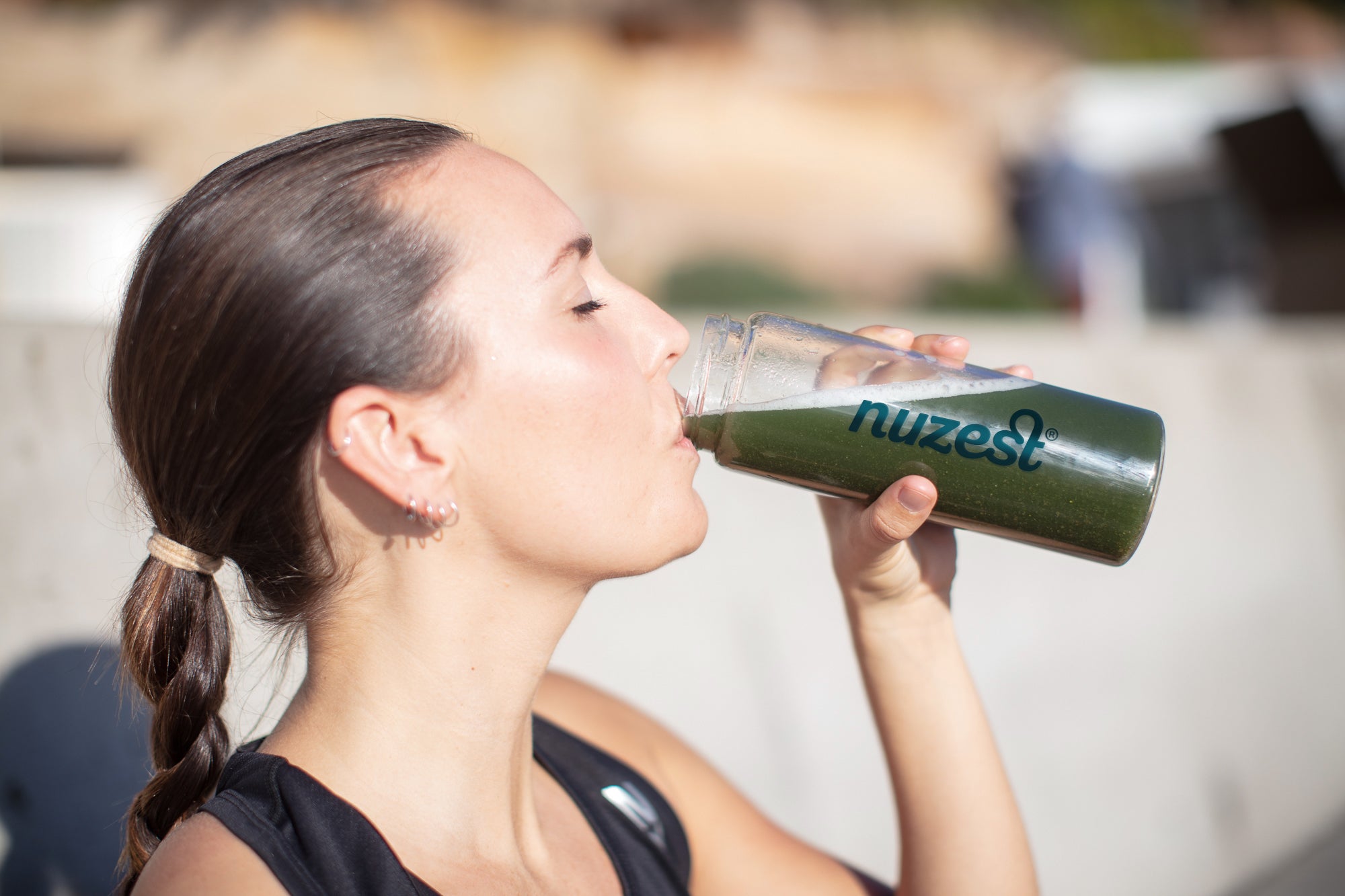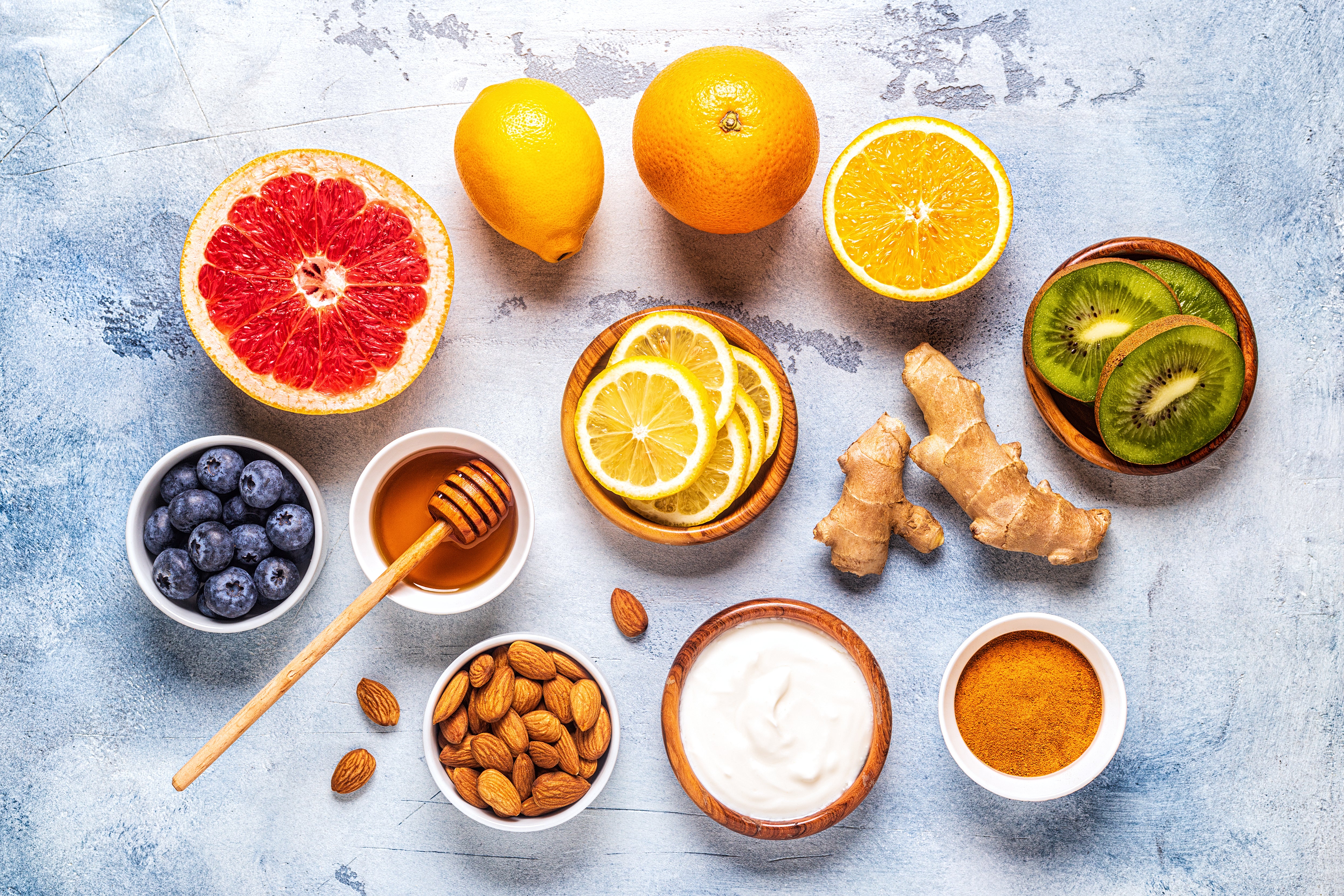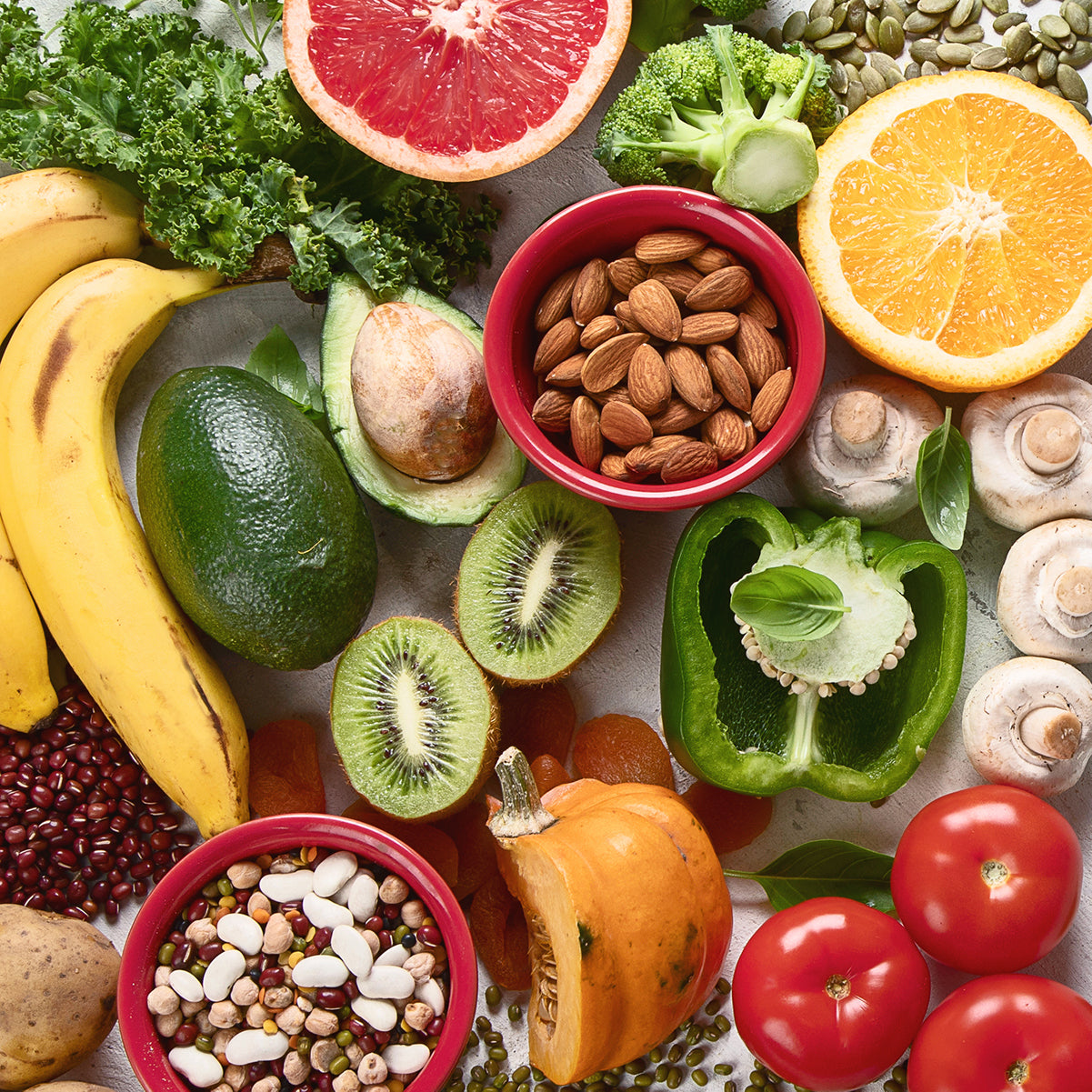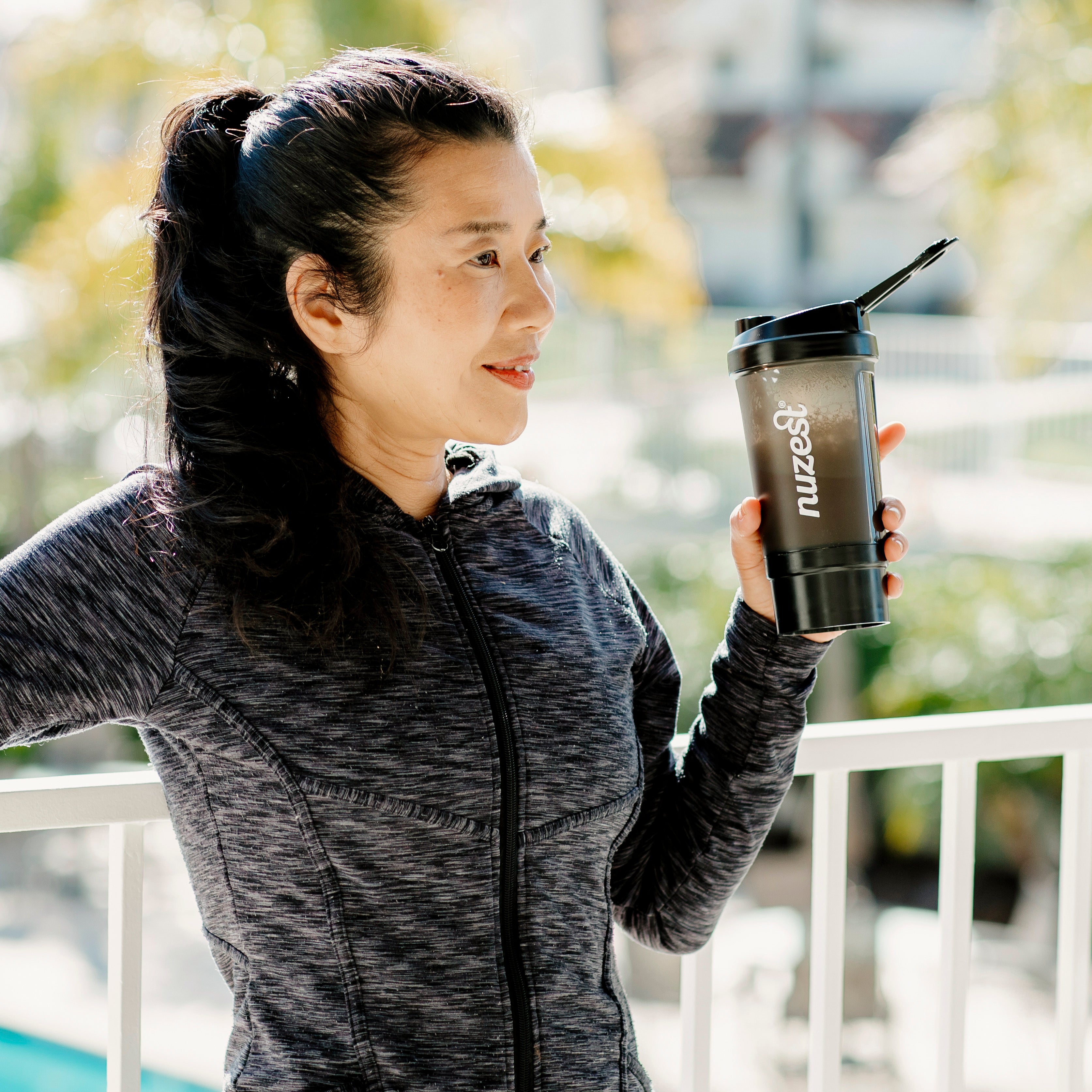High protein, low carbohydrate diets have been the go-to weight loss solution for some time now. They work, there's no doubt about it, and recent research is supporting this. The concern however is this often means eating far more animal proteins and less wholegrains, both strongly associated with an increased risk of chronic diseases such as some cancers, type 2 diabetes and cardiovascular disease. I see these clients in clinic all too often; they have successfully lost weight with a high protein, low carb regime but their cholesterol goes up, which is a cardiovascular risk marker.
So how do you get the weight loss and health benefits of a high protein, low carbohydrate diet but not increase your risk of chronic disease?
- The types of protein you use
Protein from land animal sources (meat, poultry, eggs, dairy) are the richest sources of good quality protein by weight, however they also contain a higher amount of saturated fats and other food components that are associated with an increased risk of chronic disease. You can get around this by:
- Choosing very lean meats, skinless poultry and lean cuts like breast and tenderloins, low and no fat milk and yoghurt and choose low fat fresh cheeses like cottage and ricotta
- Eat more fish and seafood and plant-based protein sources such as tofu and tempeh as well as lentils, pulses and legumes (such as chickpeas, red kidney beans, black beans, navy beans).
- Low carb, not NO carb
One of the greatest mistakes I see people make with weight loss is cutting out carbohydrates completely. There is an initial weight loss then it comes to a grinding halt rapidly. As soon as carbs are included in the diet again, weight flings back up to normal almost immediately. As a general rule, to get a consistent fat loss you need to be eating at least 60-100g of carbohydrate per day, depending on your activity level, weight, age and gender. If you imagine that a slice of bread or an apple has 15g of carb and ¬Ω cup cooked brown rice has 25g of carb, there is indeed the allowance for bread, fruit and wholegrains in a low carb regime
- Make it wholegrain
Research consistently and definitively shows that eating wholegrains as part of a healthy diet helps to reduce your risk of diseases like some cancers, heart disease and type 2 diabetes. So if you're eating fewer carbohydrates than you normal would on a low carbohydrate regime, they have to be of the best quality. Because they're wholegrain, they're also higher in fibre than their white counterpart, which means they're far more filling and satisfying which is helpful when you're eating a smaller portion because you'll be satisfied from less. Go for wholegrain bread and crackers, traditional rolled or steel cut oats, brown rice, quinoa and wholemeal pasta.
- Supplement your protein
Protein supplements aren't essential but they can be a quick and easy way to include a serve of protein into your diet, particularly if you're vegetarian, vegan or just don't like to eat a lot of animal products. Naturally the quality of protein in protein powders varies dramatically but I encourage the use of a plant based protein powder such as a pea protein to support the move towards a more plant-based diet.
Use protein powders to increase protein or as the protein component of a meal or snack such as added to oats for breakfast or added to skim milk or coconut water as a snack.















